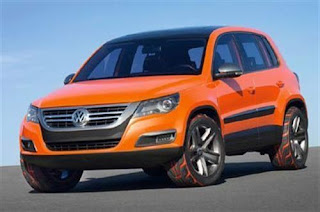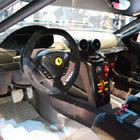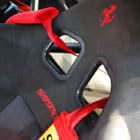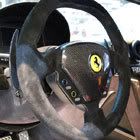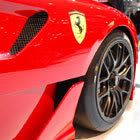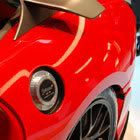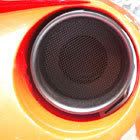If the original Fiat 500 were still around it would be celebrating its 50th birthday. This twin-cylinder, puttering bubble of a car helped motorise postwar Italy, driving its way into the heart of the nation, and much of Europe too.
Alas, the last Fiat 500 rolled off the production line 22 years ago but, inspired by the success of other relaunched classics like the VW Beetle and the Mini, Fiat has revived it. The (re)launch party was in Fiat’s home city of Turin, accompanied by a fireworks display. Fiat has more to celebrate than the rebirth of its most famous product; the company is now in profit after three perilous years of loss that had its survival in doubt. A fast-renewing range – it is also about to release the Bravo hatchback – has turned its fortunes around.
This new Fiat 500 makes you pleased that the Italian company didn’t go the way of Rover. A glance at it has you smiling – this is an old friend in modern wrapping. You will be amused by the reappearance of the circular headlamps that created the earnest little face of its predecessor, and the Mona Lisa-like smile suggested by the chrome strip on its nose. There are retro references inside too, including a circular instrument pod and a body-coloured dashboard.
Though instantly identifiable as an interpretation of the original, the substance of this new 500 couldn’t be more different. The 1957 edition was rear-engined, its air-cooled twin cylinder hard pressed to push the Fiat far beyond 60mph. Today’s 500 is based on the Fiat Panda, its four-cylinder water-cooled engine driving the front wheels. This time you get a choice of engines, including a 69bhp 1.2 litre petrol, a 100bhp 1.4 litre twin-cam six-speed version of the same engine, and a 75bhp 1.3 litre turbodiesel.More impressive still is that this baby car, aided by seven airbags, scores the full five stars in the Euro NCAP occupant protection crash test. It has antilock brakes as standard and can be ordered with electronic antiskid control.
But enough of the serious stuff: this car is meant to be fun and in that spirit Fiat will offer it with myriad paint jobs, trim and accessory options. There are also 100 accessories to choose from including a fragrance diffuser, a navigation system, chromed door mirror capping, a ski rack and an additional front bumper bar just like the one worn by deluxe versions of the original 500.
None of it would matter much if this Fiat didn’t measure up, but the good news is that it is a thoroughly capable and hugely enjoyable car to drive. It is both refined and quiet: conversation is easy even at the 100mph maximum of the basic 1.2 tested, and the lack of wind, road or engine noise at speed makes long journeys – for two, at least – entirely palatable. There’s room for four but adults will feel confined, and they’d have to travel light because the boot is compact. However, for a city car, accommodation is fine.
Although the 1.2 is not the briskest thing its lower power and lower price are true to the spirit of the original, and the engine’s smoothness makes you more than happy to work the gearchange hard, just as old 500 owners did. They would have had to double-declutch to deal with the unsynchronised cogs, whereas the new box is light of movement, its lever capped with an amusingly oversized gobstopper of a knob.
As with many Fiats, the power steering has two settings, the lighter for town work, and it changes the 500’s direction with alacrity. That makes it a game partner on a twisty road. It’s not quite as sharp as a Mini, or Ford’s ageing but still excellent Ka, but it’s good enough to be fun. Better still is a surprisingly pliant ride, and a robust feel over rough roads, confirming the impression that this is a very well made little car.
Quality, claims Fiat, is of a higher order than Toyota achieves, and underpinning this claim is an extended warranty – admittedly optional – that will cover the car for five years and a staggering 300,000 miles. That alone is a sensible reason to buy. But we suspect that for most people the decision to purchase this excellent Fiat will be made with the heart, not the head.
Vital statistics
Model Fiat 500 1.2 8V Pop
Engine type 1242cc, four cylinders
Power/Torque 69bhp @ 5500rpm / 75 lb ft @ 3000rpm
Transmission Five-speed manual
Fuel/CO2 55.4mpg (combined cycle) / 119g/km
Performance 0-62mph 12.9sec / Top speed: 100mph
Price £9,300 est
Verdict Cute, well made, practical, charming and hard to resist
Rating 
Date of release January 2008
The opposition
Model Mini One £11,525
For Cute and cultish, finish, verve and economy
Against Pricey, poor space efficiency
Model Ford Sportka 1.6i SE £9,995
For Stylish, brilliant to drive, surprisingly practical
Against Old, low quality interior, soon to be replaced
